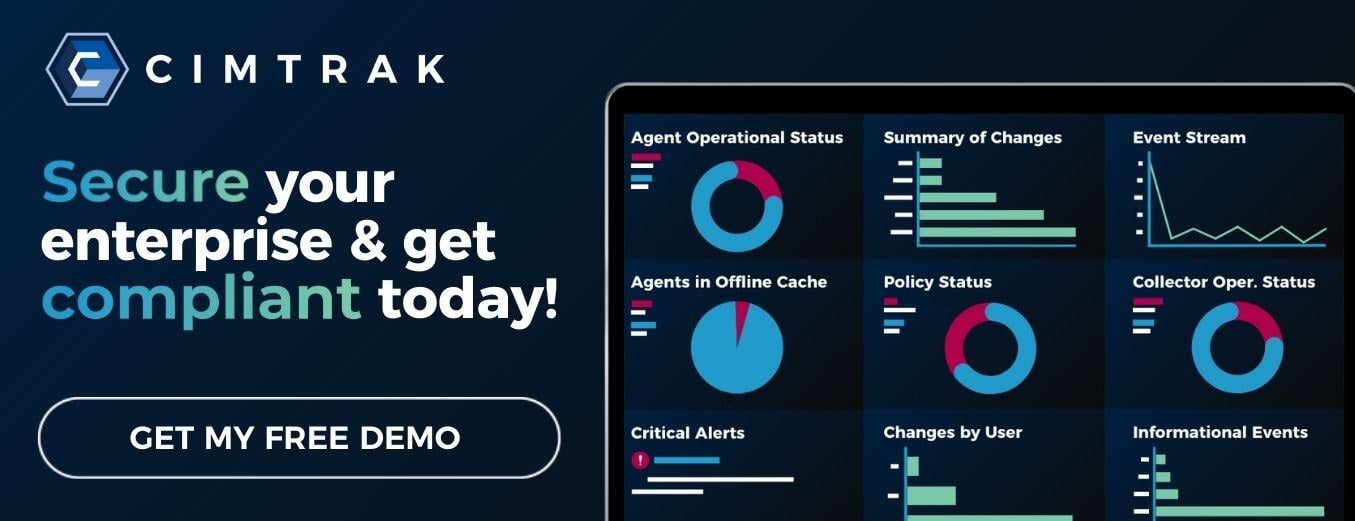Securing IT infrastructure is a continual journey for every security team. A resilient infrastructure enables organizations to not only defend against modern cyber threats but also to quickly recover from attacks or system failures. Building and maintaining such an infrastructure is an iterative and predictable process that relies on solid foundations in asset management, change management, integrity baselining, system hardening, and effective change detection and rollback capabilities. Here's a step-by-step guide to help you chart a secure and resilient IT infrastructure strategy.

1. Hardware/Software Inventory: Know What's in Your Infrastructure
The first step toward securing your infrastructure is visibility—understanding what assets you have, what's under management, and what isn't. This includes:
- Taking inventory of hardware and software across your servers, devices, cloud environments, and network systems.
- Identifying systems not under management, such as shadow IT or devices, and outside security protocols that can expose your organization to hidden vulnerabilities.
By recognizing these gaps, you can more effectively set risk expectations and assign accountability across teams. This clarity builds a strong foundation for proactive risk management.
2. Formalize & Document a Change Management Process
Without effective change management, you cannot maintain a secure environment. Embedding a well-structured change management process into IT security and operations can help control system modifications, additions, and deletions while minimizing security risks. This process includes:
- Change Request and Classification: Formalize how requests are submitted and assign risk levels based on potential impacts.
- Change Advisory Board (CAB) Approval: Involve critical stakeholders to address security, compliance, and business continuity concerns.
- Release Plan: Outline a structured deployment approach, including design, building, testing, scheduling, and monitoring to ensure the security and integrity of each change.
This process creates accountability, ensuring all changes are intentional, properly tested, and adequately monitored.
3. Infrastructure Baselining: Monitor Critical Components
Establishing baseline configurations for your infrastructure provides a known "good" state against which changes can be measured. Baselining involves:
- Defining critical files, settings, configurations, directories, users, groups, ports, database schemas, and other key areas across all workloads, including servers, VMs, hypervisors, cloud, routers, and containers.
- Implementing automated alerts, trouble tickets, and regular reports to track and manage deviations from the baseline.
This process allows teams to monitor the most critical assets and provides early warnings of configuration drifts, unapproved changes, or security vulnerabilities.
4. System/Device/Application Hardening & Vulnerability Management
Hardening is the process of reinforcing your systems to reduce their attack surface, making them more resistant to compromise. Use the following best practices to strengthen your systems:
- Incorporate CIS Benchmarks and DISA STIGs to ensure your systems, devices, and applications follow industry-standard security settings and configurations.
- Apply change prevention capabilities to areas that should remain static, such as system-critical settings or user policy and access controls.
- Leverage vulnerability management tools to continuously detect and patch known security vulnerabilities, ensuring your systems stay updated against known threats.
Regular hardening and vulnerability management practices keep your infrastructure resilient and less prone to security breaches and incidents.
5. Change Detection, Correlation & Reconciliation
Detecting changes in real-time is crucial to identifying and mitigating unauthorized modifications. An effective Integrity Management (IM) solution should be able to:
- Detect real-time changes and differentiate between authorized and unauthorized modifications.
- Incorporate allowlists to automatically approve known good changes while also digesting STIX/TAXII threat intelligence feeds for detecting emerging threats.
- Reconcile observed changes with those that were pre-approved, ensuring that accidental, circumvented, or malicious changes are immediately highlighted—critical for responding to zero-day attacks and insider threats.
This capability allows organizations to spot deviations from normal behavior early and take swift and corrective action before damage is done.
6. Rollback & Remediation: Restore with Confidence
In the event of unauthorized changes (circumvented) or malicious activity, the ability to quickly revert systems to a previous, trusted state is vital for minimizing downtime and mitigating damage. An effective IM solution should:
- Remove specific unapproved changes without affecting other parts of the system, maintaining the integrity of authorized updates and expected change(s).
- Or, if necessary, roll back everything to a previous trusted baseline, ensuring you can restore critical systems quickly and reliably after an incident.
The rollback and remediation process provides an additional layer of resilience, ensuring your infrastructure can recover from misconfiguration or security breaches with minimal disruption. In this context, rollback is very different from reprovisioning. Reprovisioning requires substantial time, energy, effort, and resources that blow away an image and start from new, whereas baseline rollback reverts to a last-known trusted state of operation and can be accomplished in real-time.
Conclusion
The path to a secure and resilient IT infrastructure is a continuous process that requires diligence in inventory management, change control, integrity baselining, hardening, change detection, and remediation. By following these steps, organizations can improve their security posture and increase operational resilience, reducing downtime and mitigating risk in real-time.
Implementing next-gen integrity management tools like CimTrak can help boost your organization's efforts to a secure and resilient IT infrastructure. Sign up for a customized demo today.

October 29, 2024




